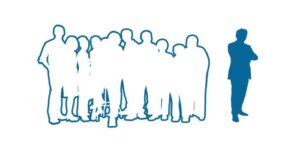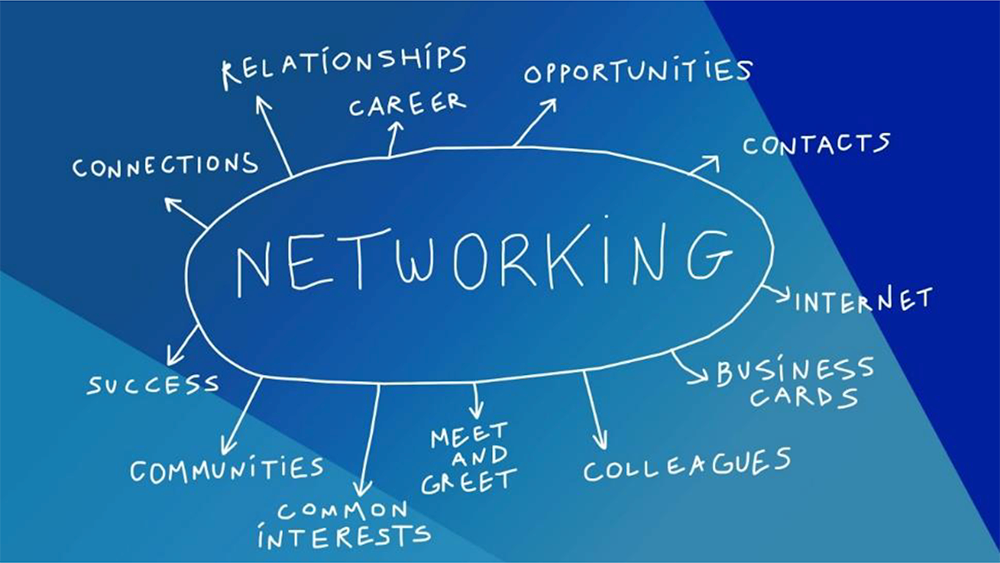Revolutionizing Collaboration: Emerging Trends in All-in-One AV Solutions
In the fast-evolving landscape of professional audio-visual (AV) technology, a notable trend is gaining momentum – the integration of content sharing, conference cameras, microphones, and speakers into all-in-one solutions. This shift is not only transforming the way we approach collaboration, but also streamlining solution designs for integrators and enhancing the overall user experience.
Simplifying Integration for Designers and Installers
Traditionally, AV integrators and installers faced the challenge of coordinating various components for seamless collaboration setups. The emergence of all-in-one solutions, such as those combining content sharing, conference cameras, microphones, and speakers, significantly simplifies the integration process. This not only saves time for designers but also reduces the complexity of installations, making it easier to deliver polished solutions.
User-Friendly Collaboration
End users benefit from the intuitive nature of these integrated solutions. With a unified system, users can effortlessly share content, engage in video conferences, and enjoy high-quality audio without grappling with a web of devices and cables. The simplicity enhances productivity and encourages more effective communication in diverse settings, from boardrooms to remote work setups.
Affordable and Compact Deliverables
The integration of multiple functionalities into a single device also contributes to cost-effectiveness. The streamlined design eliminates the need for purchasing and maintaining separate components, resulting in a more budget-friendly solution. Moreover, the compact form factor not only saves space, but also allows for flexible deployment in various environments.
Leveraging Cloud-Based Platforms for Advanced Features 
Cloud-based platforms play a pivotal role in advancing AV systems. Barco’s XMS Cloud, for instance, empowers integrators to engineer, modify, and monitor AV setups remotely. This capability ensures proactive maintenance, reducing downtime and enhancing overall system reliability. Cloud-based solutions offer scalability, making it easier to adapt to evolving technological needs.
Barco’s All-in-One Innovation
Barco takes a leap forward in embracing these industry trends with the introduction of an all-in-one video bar – a ClickShare, camera, micorphone, and speaker Bar. This innovative product not only aligns with the growing demand for integrated AV solutions but also reflects Barco’s commitment to simplifying collaboration while maintaining high-quality standards and eco-friendly mentality.
By combining the power of content sharing, conferencing capabilities, and audio features in a single device, Barco’s solution caters to the changing dynamics of modern workspaces. The integration of such features into a compact, user-friendly package ensures that end-users experience a seamless collaboration environment.
In conclusion, the emergence of all-in-one AV solutions represents a significant leap forward in the professional audio-visual industry. This trend not only simplifies integration processes for designers and installers, but also enhances the user experience through user-friendly design, affordability, and compactness. The incorporation of cloud-based platforms further ensures that these systems remain adaptive, efficient, and easily maintainable. Barco’s latest offering stands at the forefront of these advancements, showcasing a commitment to innovation and meeting the evolving needs of the modern workplace. While all-in-one are well suited for small- to medium-sized rooms, larger rooms still benefit from the features offered in separate components as they are more suited to the complexities of covering larger spaces. It’s important to keep in mind that all-in-one solutions, as beneficial as they are, are not “once-size-fit-all” solutions.
Reach out to your Exertis Almo rep for assistance in determining which product will be best suited for your project.


 Is Country of Origin (COO) the same as TAA Compliance?
Is Country of Origin (COO) the same as TAA Compliance?



 I needed to act fast, so I began joining every group that would have me! I joined the board of directors for my college Alma Mater, reached out to my friend that ran a large, local non-profit and got involved, contacted several local Chambers of Commerce and began attending meetings, researched when municipal planning board meetings would be taking place, and attended them armed with business cards. I even got in touch with a friend of mine in the metalwork industry who introduced me to the membership chair of two of the area’s largest construction trade associations.
I needed to act fast, so I began joining every group that would have me! I joined the board of directors for my college Alma Mater, reached out to my friend that ran a large, local non-profit and got involved, contacted several local Chambers of Commerce and began attending meetings, researched when municipal planning board meetings would be taking place, and attended them armed with business cards. I even got in touch with a friend of mine in the metalwork industry who introduced me to the membership chair of two of the area’s largest construction trade associations. What is Networking?
What is Networking? Finally, I’d like to address how to go about developing a professional network.
Finally, I’d like to address how to go about developing a professional network. Networking can be awkward. That’s OK. Chances are it’s a little uncomfortable for the rest of the group too. What helps me is to remember that we’re all there for the same purpose.
Networking can be awkward. That’s OK. Chances are it’s a little uncomfortable for the rest of the group too. What helps me is to remember that we’re all there for the same purpose.



 From energy-efficient projectors to recyclable AV materials, the industry is aligning with environmental consciousness. These solutions not only benefit the planet but also contribute to cost savings and a positive brand image.
From energy-efficient projectors to recyclable AV materials, the industry is aligning with environmental consciousness. These solutions not only benefit the planet but also contribute to cost savings and a positive brand image.






